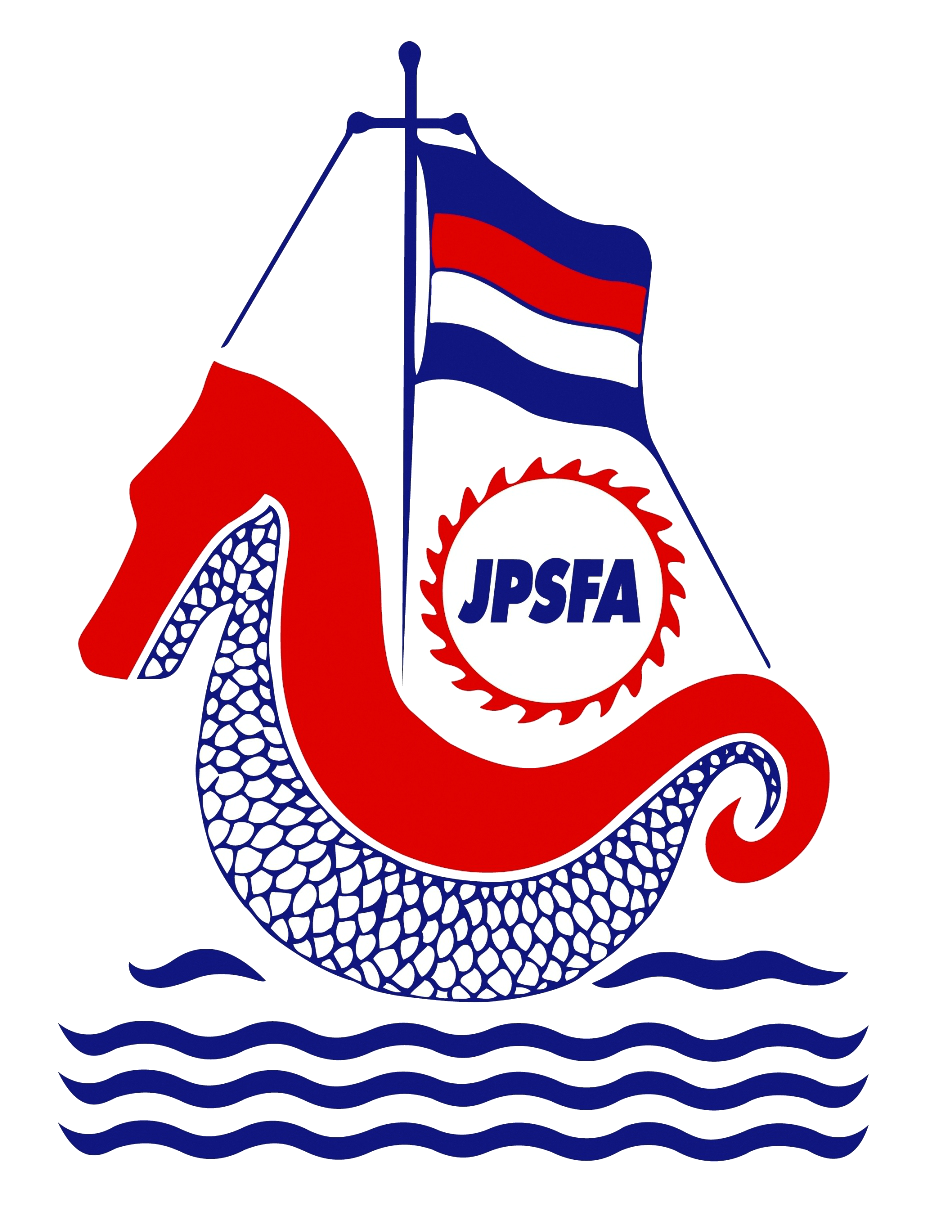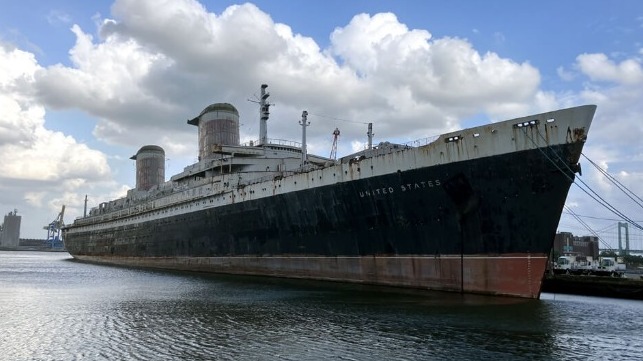Excitement over the impending departure of the famed ocean liner ss United States was building last week before a further delay appeared prolonging her stay in Philadelphia. The new owners of the liner, Florida’s Okaloosa County, have been trying for months to start the final voyage of the now 75-year-old liner as she heads toward a new chapter as the largest artificial reef.
On Wednesday, February 5, Okaloosa County announced that after months of delay, it had finally received all the necessary approvals for a large ship dead tow as defined by the U.S. Coast Guard. At high tide around 0600 on Thursday, February 6, the plan was to yank the 53,000 gross ton liner from Pier 82 where she has been docked since July 1986 after the vessel returned from having been stripped of her interior fittings in Turkey and Ukraine.
The ss United States despite having been out of service since 1969 remains fabled in the annals of shipping history. Design by American’s renowned naval architect William Francis Gibbs, she entered service in 1952. On her maiden voyage, she shattered the Atlantic speed record for a passenger liner with an average speed of over 35 knots and 72 years later remains the fastest passenger liner to have ever crossed the Atlantic. The liner is rumored to have touched 40 knots during her “top secret” speed trials.
The non-profit SS United States Conservancy, which acquired the ship in 2011 and sold her to Okaloosa County in October last year for $1 million, wrote in an announcement, “After completing comprehensive due diligence involving extensive testing and reporting to local, state, and federal agencies, Okaloosa County has now received final approval from the U.S. Coast Guard to begin moving the ss United States.”
The delays had centered on concerns from the U.S. Coast Guard to ensure a proper dead ship tow plan was in place for the nearly 1,000-foot liner. The review included safety precautions and planning for the tow as well as questions regarding the stability, appropriate amount of ballast, and the structural integrity of the vessel.
The first step of the complicated tow plan calls for a lateral move from the north side of Pier 82 to the south side of Pier 80. That would ensure she was floating freely, and final preparations would be completed for the next phase which starts her final trip with her next stop in Mobile, Alabama.

